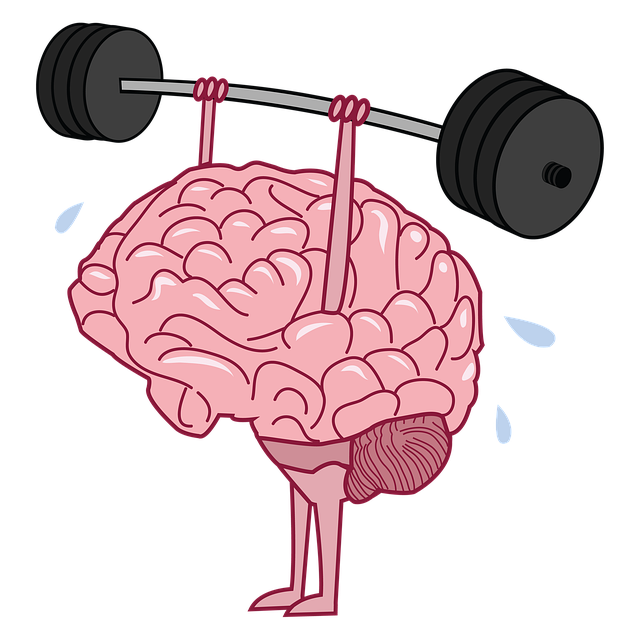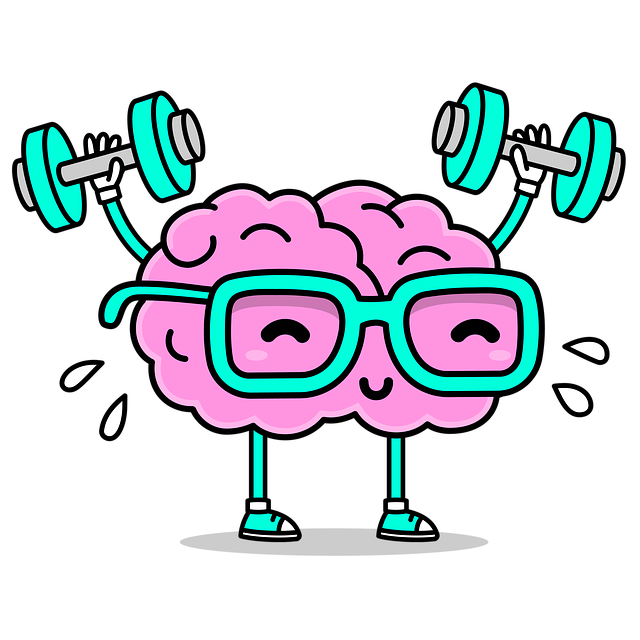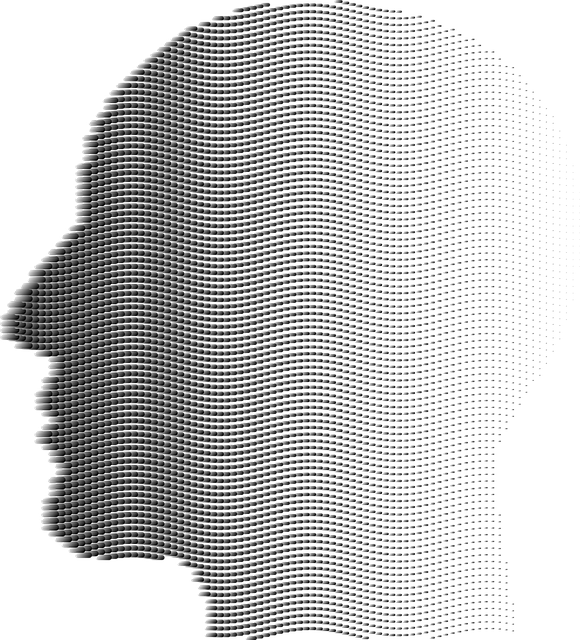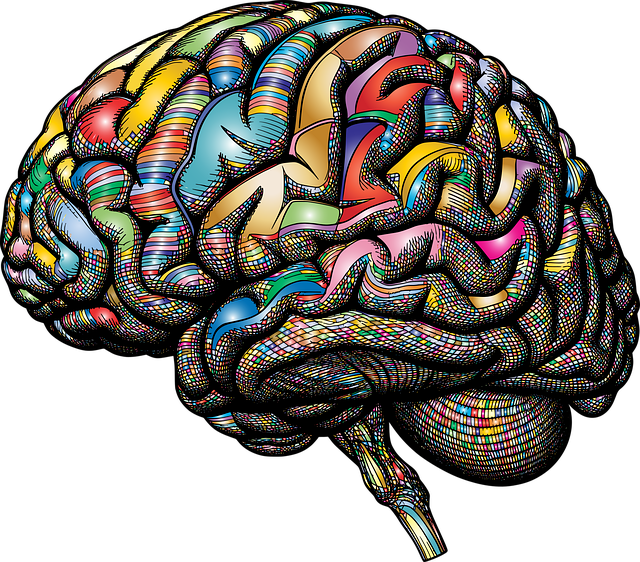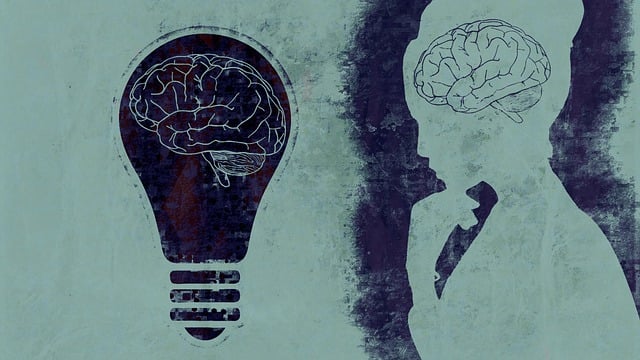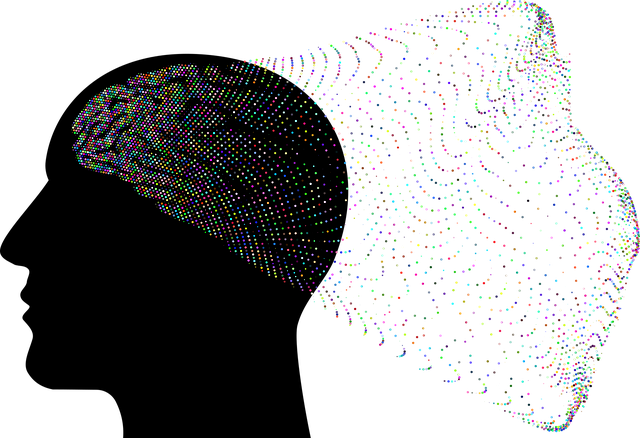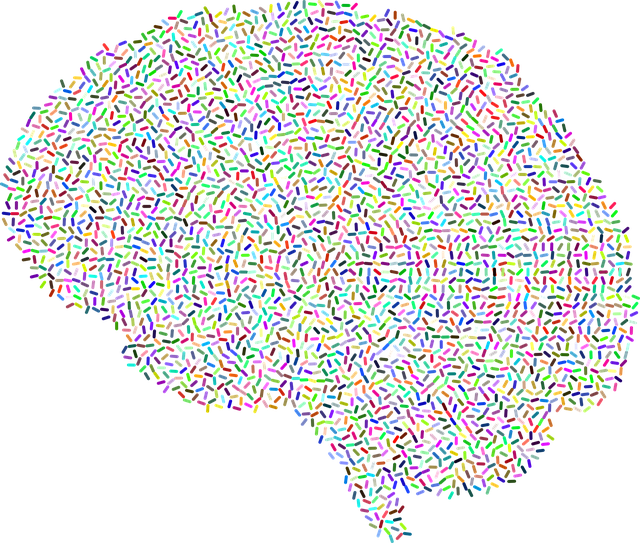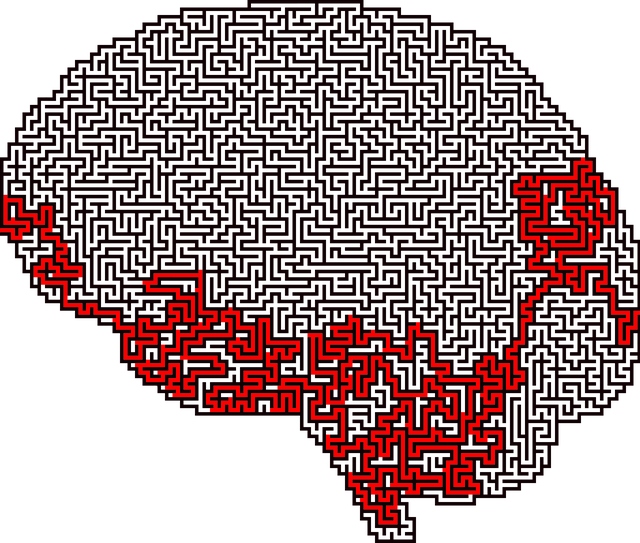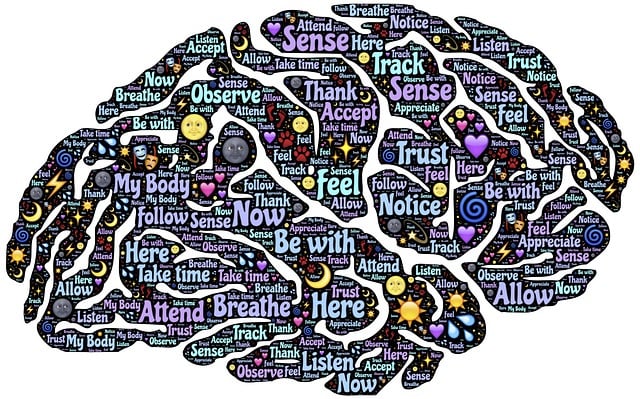Centennial Adjustment Disorder (CAD) affects daily life with chronic irritability, anxiety, or depression due to change resistance. CAD therapy focuses on building inner strength, stress reduction, and resilience through structured frameworks like Cognitive Behavioral Therapy (CBT). Mindfulness, meditation, lifestyle adjustments (nutrition, exercise, sleep), and public awareness campaigns offer alternative approaches to manage CAD symptoms, destigmatizing mental health issues and promoting emotional well-being.
Mood regulation is a vital skill, especially for those managing conditions like Centennial Adjustment Disorder. This comprehensive guide explores various strategies to help you navigate and adjust your mood effectively. We delve into cognitive behavioral therapy (CBT), offering a step-by-step approach to shifting negative moods. Additionally, we uncover the power of mindfulness and meditation, providing techniques to cultivate inner calm amidst chaos. Lifestyle adjustments, including nutrition, exercise, and sleep strategies, are also highlighted as essential tools for better mood management.
- Understanding Mood Regulation: Unraveling Centennial Adjustment Disorder
- Cognitive Behavioral Therapy (CBT): A Step-by-Step Guide to Shifting Moods
- Mindfulness and Meditation: Cultivating Calm in a Chaotic World
- Lifestyle Adjustments for Better Mood Management: Nutrition, Exercise, and Sleep Strategies
Understanding Mood Regulation: Unraveling Centennial Adjustment Disorder

Understanding Mood Regulation: Unraveling Centennial Adjustment Disorder (CAD)
Mood regulation is a vital aspect of emotional well-being, enabling individuals to adapt to life’s challenges and maintain a balanced perspective. However, for those struggling with conditions like Centennial Adjustment Disorder (CAD), managing moods can be a complex journey. CAD, characterized by persistent difficulties in adjusting to significant changes or demands, often presents as chronic irritability, anxiety, or depression. This disorder can significantly impact various areas of life, including work, relationships, and overall mental health.
Centennial Adjustment Disorder therapy focuses on developing inner strength and stress reduction methods to help individuals cope more effectively. By employing targeted interventions, therapists assist clients in cultivating resilience, enhancing coping skills, and improving their ability to navigate life’s transitions. Additionally, burnout prevention strategies for healthcare providers can be adapted to support those with CAD, fostering a healthier relationship with stress and promoting better mood regulation.
Cognitive Behavioral Therapy (CBT): A Step-by-Step Guide to Shifting Moods

Cognitive Behavioral Therapy (CBT) offers a structured approach to mood regulation, particularly effective for those dealing with conditions like Centennial Adjustment Disorder. This therapy focuses on identifying and challenging negative thought patterns that contribute to distressing moods. By breaking down complex emotions into manageable components, CBT empowers individuals to understand their feelings and make positive adjustments.
The process begins with awareness: recognizing triggers and emotional responses. Through a step-by-step guide, patients learn to replace self-defeating thoughts with rational ones, fostering a more balanced perspective. This involves exploring evidence for and against negative beliefs, promoting positive thinking, and developing inner strength. Cultural sensitivity in mental healthcare practice is also integral, ensuring that therapeutic strategies resonate with individual cultural contexts.
Mindfulness and Meditation: Cultivating Calm in a Chaotic World

In today’s fast-paced and often chaotic world, mindfulness and meditation have emerged as powerful tools for navigating mental health challenges like Centennial Adjustment Disorder (CAD). These practices encourage individuals to focus on the present moment, cultivating calm amidst the storm of daily stressors. Through regular practice, one can enhance their ability to regulate emotions and build resilience against life’s ups and downs.
Meditation and mindfulness techniques have been shown to reduce symptoms of anxiety and depression, fostering empathy building strategies within individuals. Public awareness campaigns development around these practices can help destigmatize mental health issues and encourage more people to explore the benefits for themselves. By integrating mindfulness into daily routines, individuals with CAD—or anyone seeking better emotional control—can develop greater self-awareness, leading to improved coping mechanisms and overall well-being.
Lifestyle Adjustments for Better Mood Management: Nutrition, Exercise, and Sleep Strategies

Maintaining a balanced mood is significantly influenced by our daily choices and habits. Lifestyle adjustments play a pivotal role in managing and regulating emotions effectively, offering an alternative approach to Centennial Adjustment Disorder Therapy. A well-rounded strategy should incorporate three key elements: nutrition, exercise, and sleep.
Proper nutrition supports mental health by ensuring your body receives the necessary nutrients for optimal brain function. Incorporating foods rich in omega-3 fatty acids, vitamins B and D, and magnesium can boost mood and reduce symptoms of depression and anxiety, providing a natural boost to your emotional resilience. Alongside diet, regular physical activity is an evidence-based strategy for alleviating stress and Anxiety Relief. Exercise stimulates the release of endorphins, often referred to as ‘feel-good’ hormones, which enhance mood and promote a sense of calm. This simple yet powerful tool can complement traditional therapy and Social Skills Training, fostering overall well-being. Furthermore, adequate sleep is crucial for emotional regulation, as it allows our brains to consolidate memories, process emotions, and restore balance. Prioritizing quality rest can significantly impact one’s ability to cope with stress and maintain mental health, even encouraging advocacy for improved Mental Health Policy Analysis in recognizing its societal importance.
In conclusion, managing mood disorders like Centennial Adjustment Disorder requires a multifaceted approach. From cognitive behavioral therapy as a powerful tool for shifting moods, to mindfulness practices for calming the mind, and lifestyle adjustments such as nutrition, exercise, and sleep strategies, there are numerous ways to take control of one’s emotional well-being. Integrating these strategies can significantly enhance mood regulation capabilities, leading to a more balanced and fulfilling life. For those seeking Centennial Adjustment Disorder therapy, understanding and implementing these techniques offer a promising path towards improved mental health.
